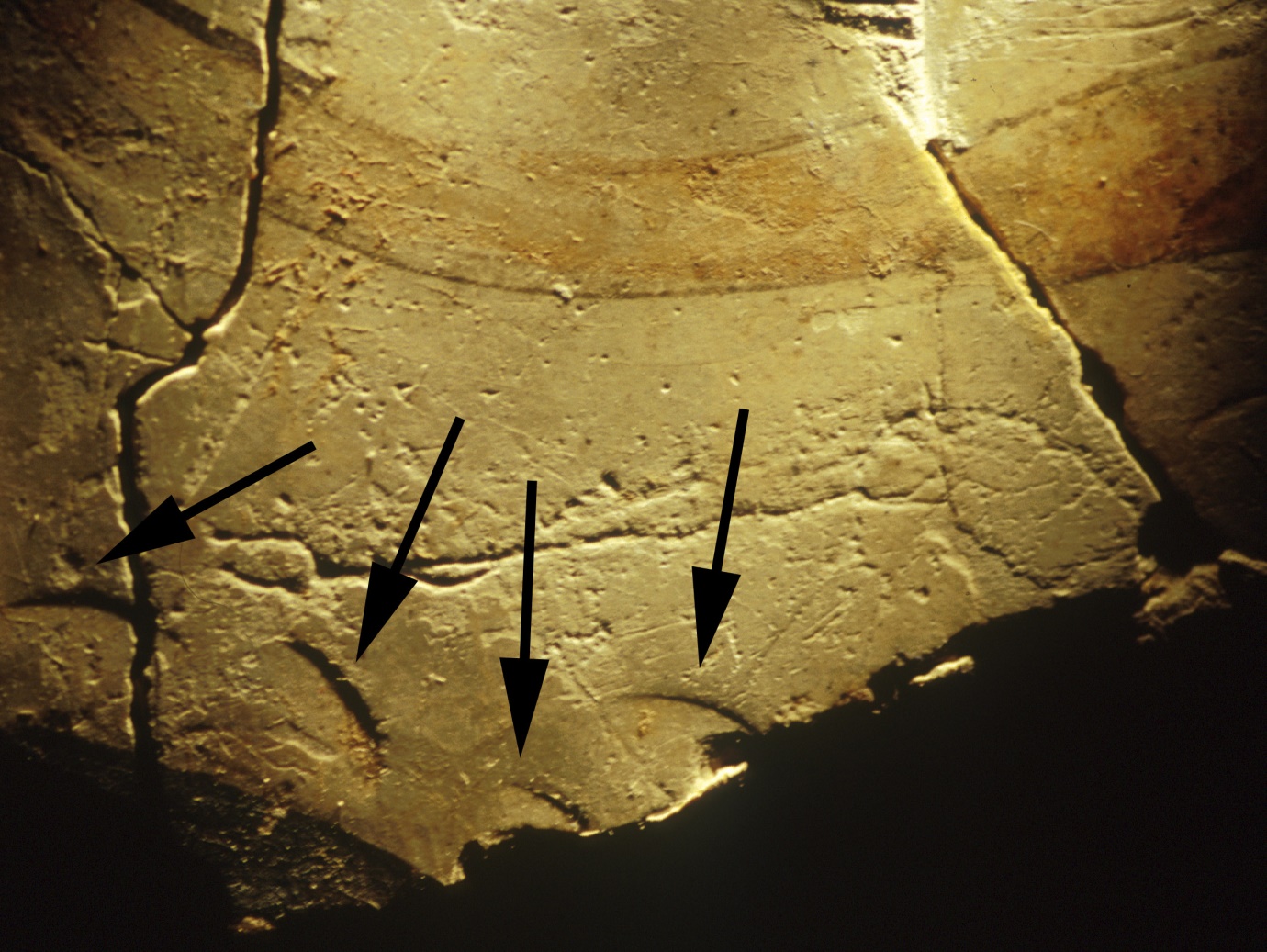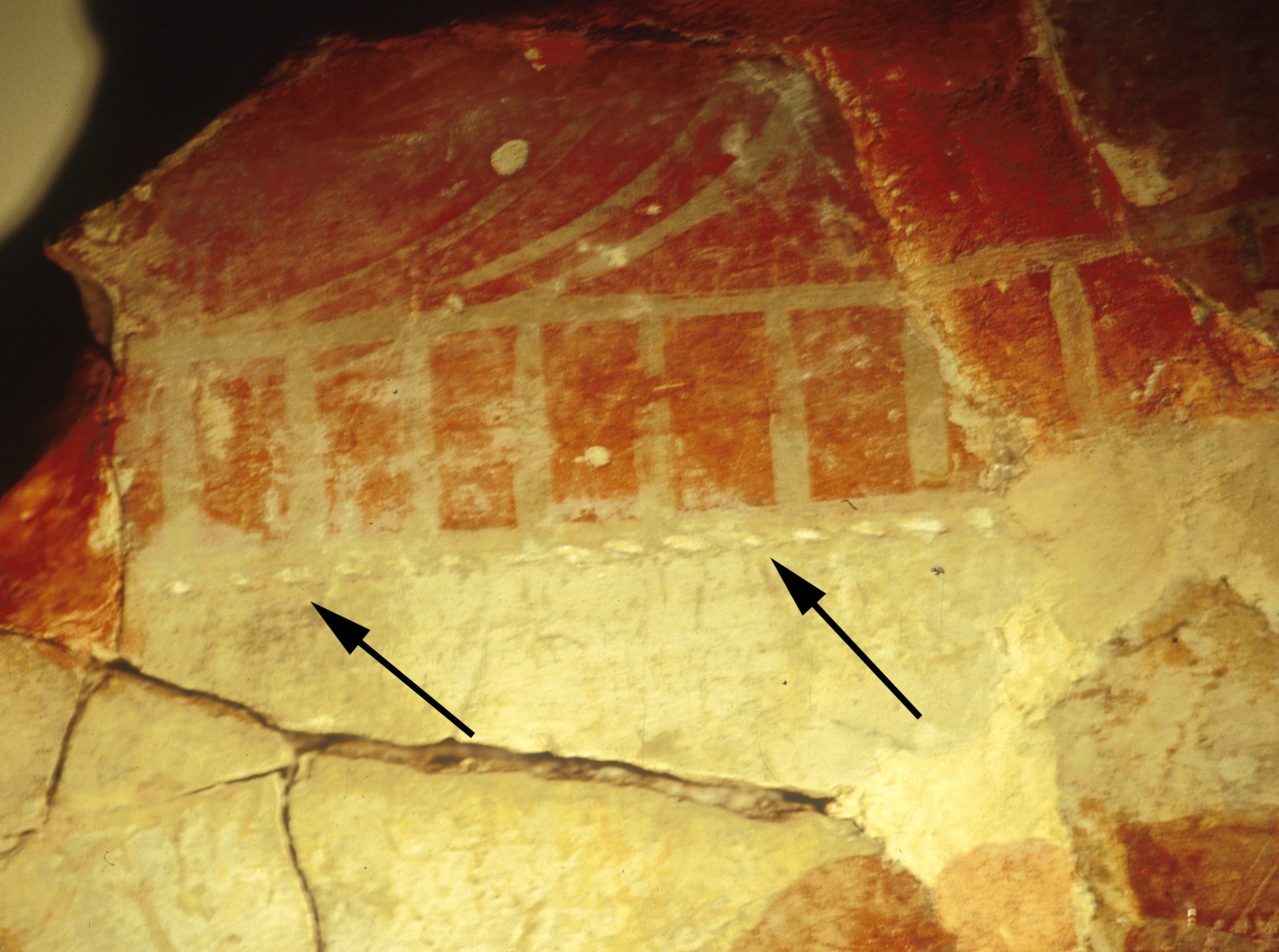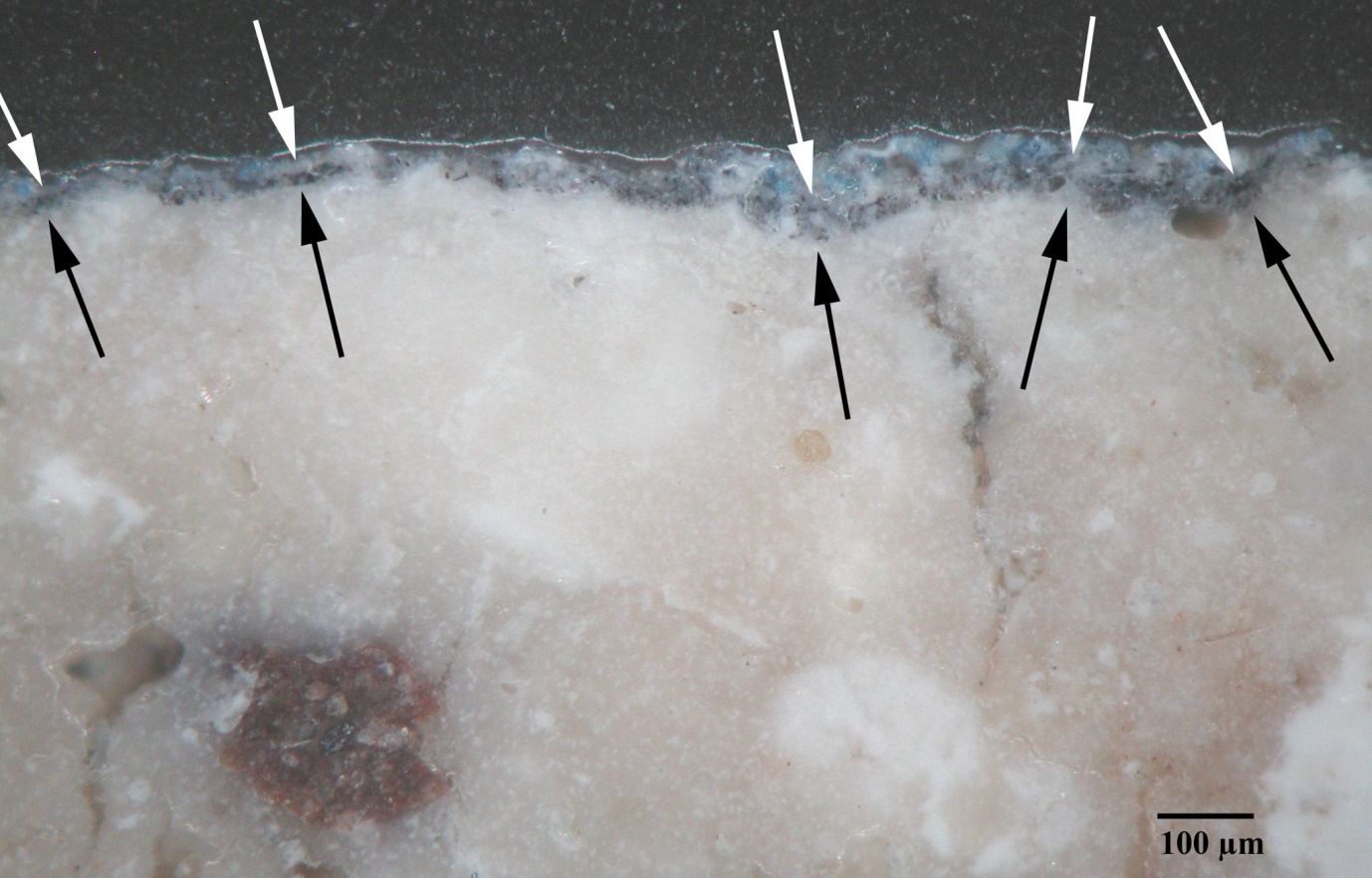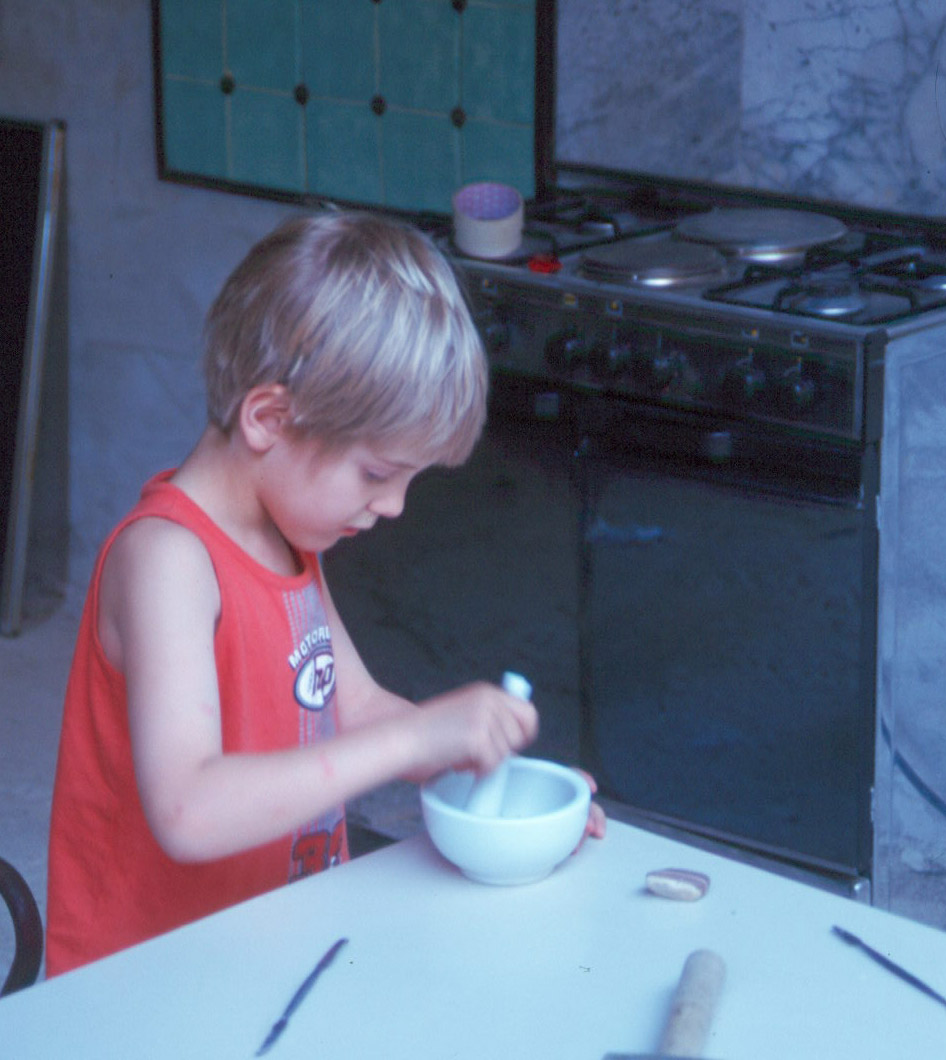Research project
Technologies and social agency of painted plaster in the East Mediterranean Bronze Age
This project explored the role of material culture, in casu painted plaster and its technologies, in expressing dynamic social identities and in forging complex interwoven human relationships in the context of the Middle to Late Bronze Age of the Aegean and East Mediterranean.
- Duration
- 1998
- Contact
- Ann Brysbaert
- Funding
-
 British Academy small grants
British Academy small grants
-
 Archaeological Institute of America
Archaeological Institute of America
- Wiener Laboratory Research Associateships
- INSTAP research grants
- University of Glasgow PhD Studentship
- M. Aylwin Cotton Fellowship
- Mary Hamilton Swindler Memorial Prize: Aegean Painting and Art, Bryn Mawr College
Research question
The main project, resulting in the 2008 publication revolved around several questions:
- What evidence is there for technological transfer within Aegean painted plaster traditions and between these and contemporary East Mediterranean traditions?
- If so, what are the forces of such technological transfer(s) and how does this relate to iconographic and stylistic transfer?
- Based on data available, can we investigate human agency and social identities within the sphere of craft specialization in the East Mediterranean Late Bronze Age?

Project description
An interest in pigments and plasters started after Ann joined courses on pigment identification by polarized light microscopy (P. MacTaggert, Somerset, U.K. [1996]), on the conservation and analysis of mural plaster and architectural surfaces (ICCROM, Rome, Italy [1998]), and on making ‘al fresco’ paintings (Arte Dedalo, Pienza, Italy [2001]). These courses were very helpful towards this project, initially started as her PhD research and carried out at the University of Glasgow (2000-2004). Within this framework, Ann focused on a technological study of painted plaster in the Aegean and Eastern Mediterranean while working on material from 17 sites in these regions. A comparative study, based on instrumental analysis, experimental replication and social theory, looked into the issue of technological transfer of the craft of painting on plaster, and its direction both in time and space. By placing human interaction with their material surroundings central, the issue of travelling artisans was assessed within the context of the Eastern Mediterranean Middle and Late Bronze Age socio-political dynamics. As part of this project, non-destructive analytical results were compared with destructive analysis with a view to a reduced sampling strategy for future studies on material remains.

This research was published in a series of papers and as a monograph: The Power of Technology in the Bronze Age East Mediterranean. The Case of the Painted Plaster (2008: Monographs in Mediterranean Archaeology 12, London, Equinox). Other painted plaster studies include the Archaic material from Kalapodi and Isthmia (Greece) which have been studied macroscopically so far. A limited programme of scientific analyses is planned for the near future and other painted plaster projects have been planned for the coming years.


